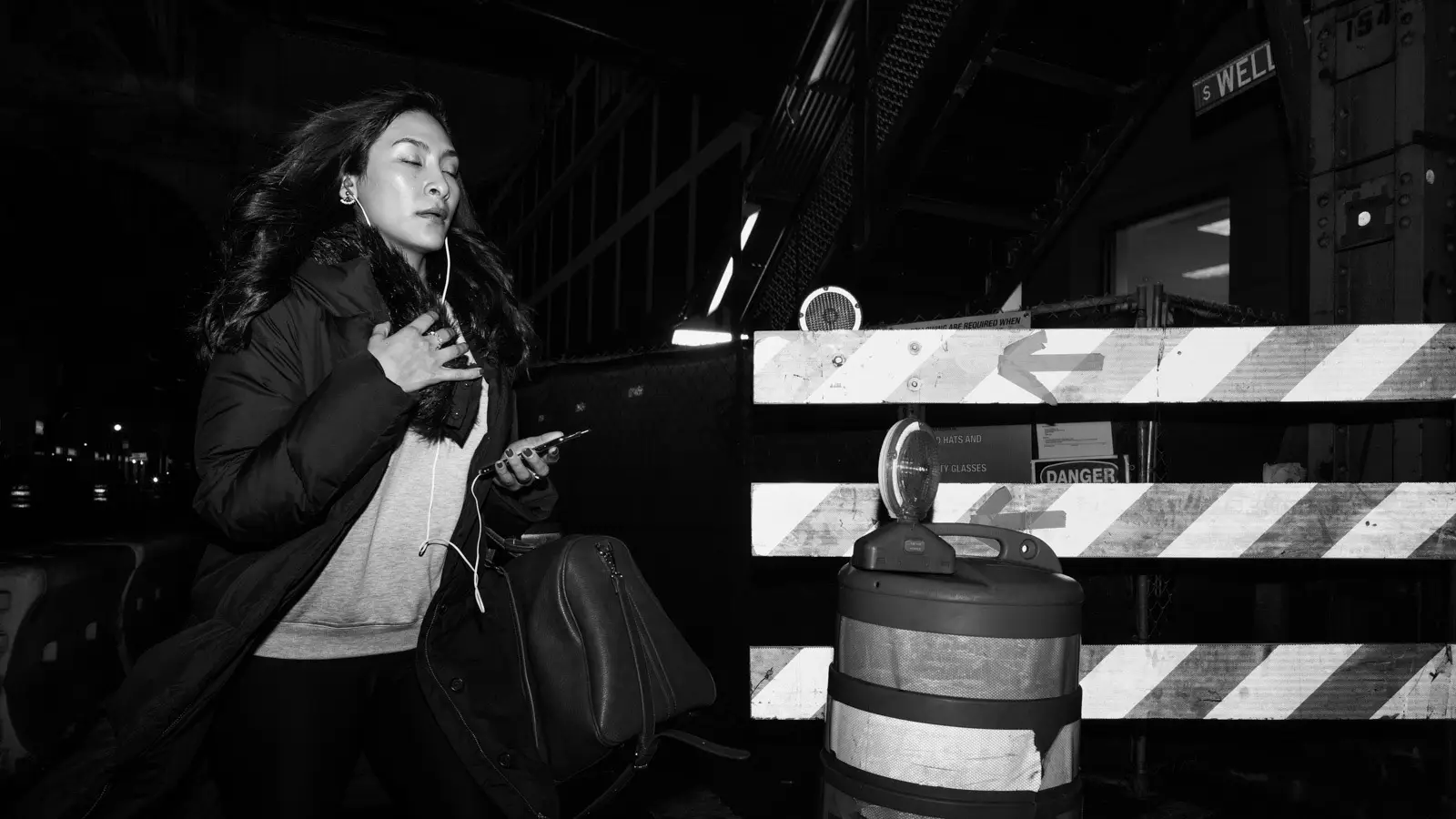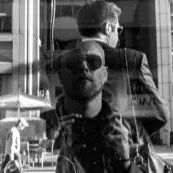Andy Warhol
Andrew Warhola, one of the founders of Pop Art, was born on August. 6, 1928, in Pittsburg, Pennsylvania, the youngest of three boys. As a boy, Warhola (later to become Andy Warhol) came down with chorea, a disease of the nervous system. Chorea causes involuntary movements and affected Warhol’s physical appearance.
Whenever Warhol would reflect back on the illness of his childhood, he would refer to the events as his “Nervous Breakdowns.” He was forced to stay in bed for weeks on end, and to pass the time he’d read Hollywood gossip magazines and comic books. There’s no doubt these episodes helped shape the artist Warhol would eventually become.
Andy Warhol: Education
Growing up, Andy Warhol showed an interest in drawing and painting. In 1945, he enrolled in the Carnegie Institute of Technology, now called the Carnegie Mellon University, and received a Bachelor of Fine Arts Degree in Pictorial Design in 1949.
Andy Warhol: The 1950s
After receiving his degree, Andy Warhol moved to New York City to become a commercial artist. He was very successful during the 1950s, with clients including Tiffany & Co., Columbia Records, NBC and Bonwit Teller.
Andy Warhol’s father, a construction worker, died in an accident when Warhol was just 13. In 1952, Warhol’s mother, Julia, moved from Pittsburg to New York City. The two would live together until the early 1970s.
Andy Warhol began to exhibit his work in fine art galleries in the 1950s. His first one-man show was held at the Hugo Gallery in 1952. In 1956, Warhol exhibited as part of a group at New York’s Museum of Modern Art.
Andy Warhol: The 1960s
Andy Warhol started painting more frequently starting in the late 1950s and would continue to paint for the rest of his life, with the exception of a short period of time in the middle of the 1960s. It was during the ’60s that Warhol’s fame began to explode, as he was able to blur the lines between commercial illustration and art.
In 1962, Andy Warhol introduced his famous series of Campbell’s Soup cans and his portraits of Marilyn Monroe and Elizabeth Taylor. Appealing to the more macabre, he also started a series of images of electric chairs and suicides.
During the early 1960s, Andy Warhol opened the Factory, where he mass-produced his works into prints and posters using the silk-screening process. The Factory also became a filmmaking studio in 1963, producing underground 16-mm films.
In 1968, Valerie Solanas, who had worked from time to time for Warhol, walked into the Factory and shot Andy Warhol and another Factory worker. Warhol almost died, and had health problems (and mental issues) as a result of the attack for the rest of his life.
Critics during the ’60s attacked Warhol’s work because so much of it focused on popular culture and consumerism. Many of these critics misunderstood his intention: Warhol was embracing popular culture and consumerism and was using it to change art.
Andy Warhol: The 1970s
During the 1970s, Andy Warhol changed his outlook on mass production. Instead of mass-producing artwork, Warhol took commissions for individual portraits from the wealthy. He also socialized with other celebrities, such as Jackie Onassis and Truman Capote. Warhol started the magazine Interview during this period.
Andy Warhol: The 1980s
Andy Warhol had two television shows during the middle of the 1980s: Andy Warhol’s Fifteen Minutes of Fame and Andy Warhol’s TV. He also produced music videos and worked for Saturday Night Live.
Andy Warhol died unexpectedly on Feb. 22, 1987, after complications during a routine gall bladder surgery.
Andy Warhol and Photography
Well before Andy Warhol became an icon of the Pop Art Movement, he realized that using a camera was much more efficient than using a pen or paintbrush to create an image.
Warhol’s work was always closely linked to photography. He even made some paintings resemble photographs. Warhol often had a camera with him and took more than 60,000 pictures during his life.
In some cases, Warhol used magazines or photograph archives to get pictures to incorporate into his paintings. For example, Warhol used a photograph of an electric chair that he found in the New York Public Library archives as a basis for Electric Chair (1971).
What kind of cameras did Warhol use? Andy Warhol was very fond of the Polaroid camera. He had a Polaroid Big Shot, which he and his assistants used to take portraits.
Warhol also liked to use the 25-cent photographic booths to take cheap, quick photos. This was a perfect way to blend commercialism with art and allowed Warhol’s sense of humor to come through in his work.



